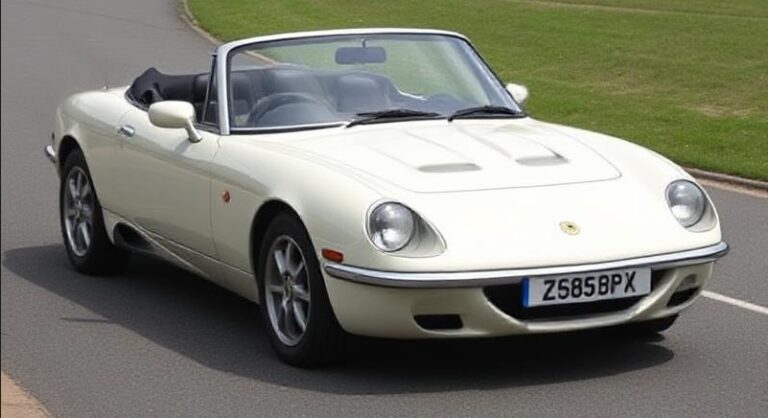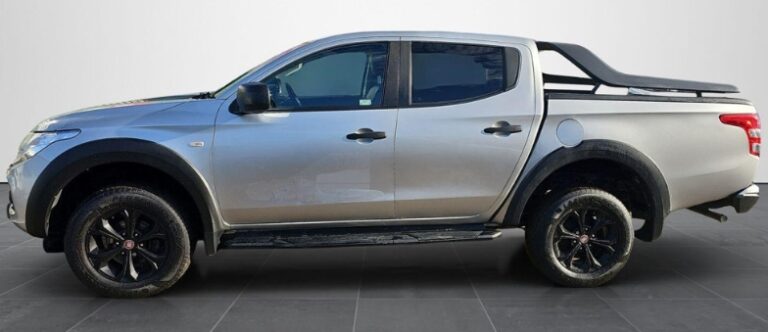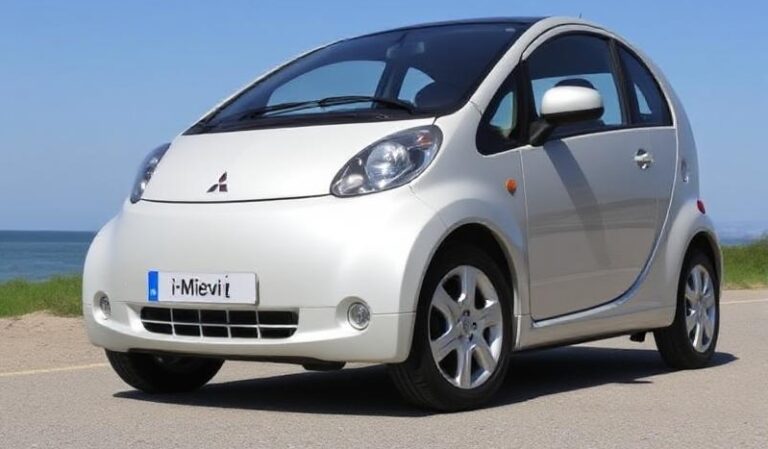The Evolution of the Rolls-Royce Phantom
The Rolls-Royce Phantom stands as a symbol of ultimate luxury, craftsmanship, and automotive engineering excellence. Since its inception, the Phantom has represented the pinnacle of bespoke motoring, embodying an unwavering commitment to quality, innovation, and exclusivity. Over the decades, the Phantom has evolved through multiple generations, each marked by technological advancements, design shifts, and expanding model lineups. This article traces the detailed history of the Rolls-Royce Phantom, including production years, models, and trim levels.
Origins and Early Models (1925–1931)
First Generation (1925–1931): The Original Phantom I
- Production Period: 1925–1931
- The original Rolls-Royce Phantom I, officially known as the New Phantom, was introduced as a replacement for the Silver Ghost. It was designed primarily as a chassis for bespoke coachwork, emphasizing luxury and smoothness.
- Engine & Specs: Powered by a 7.7-liter (7668 cc) inline-six engine, producing around 70 horsepower.
- Design & Features: Notable for its refined ride quality and understated elegance, the Phantom I featured a ladder-frame chassis and advanced suspension for its time.
- Trim Levels: Primarily built as bespoke chassis, with customers commissioning custom coachwork from coachbuilders like Park Ward, Thrupp & Maberly, and others.
The Silver Ghost Legacy and the Introduction of the Phantom II (1931–1951)
Second Generation (1931–1951): Phantom II
- Production Period: 1931–1951
- The Phantom II was introduced as a more refined successor, emphasizing improved performance and luxury.
- Engine & Specs: Featured a 6.6-liter (6750 cc) inline-six engine, delivering 100 horsepower.
- Design & Features: The Phantom II maintained the same chassis architecture but offered more modern styling and comfort features.
- Model Variants & Trim Levels: Like its predecessor, the Phantom II was available only as a chassis from Rolls-Royce, with bespoke coachwork. Notable coachbuilders included Park Ward, Thrupp & Maberly, and others.
Post-War Revival (1951–1956):
- After World War II, Rolls-Royce resumed Phantom II coachbuilt models for a brief period, emphasizing bespoke luxury.
The Silver Cloud Era and the Transition to the Modern Phantom (1956–1990)
While the Silver Cloud series (1955–1966) and subsequent models like the Silver Shadow (1965–1980) and the Corniche (1971–1995) were significant in Rolls-Royce’s history, they are distinct from the Phantom lineage. The Phantom name was dormant during much of this period until its revival in the late 20th century.
The Modern Phantom Series Begins (2003–2017): The Seventh Generation (Phantom VII)
Introduction and Development
- Rolls-Royce reintroduced the Phantom nameplate in 2003 with a groundbreaking model that combined traditional craftsmanship with modern technology.
- Production Period: 2003–2017
- This generation marked a significant shift toward a more contemporary, yet still quintessentially luxurious, interpretation of the Phantom.
Design & Engineering
- Built on the advanced aluminum spaceframe chassis dubbed the “Architecture of Luxury.”
- Powered by a 6.75-liter V12 engine, initially producing 453 horsepower.
- The new model featured a more spacious interior, advanced electronics, and bespoke customization options.
Model Variants and Trim Levels
- The Phantom VII was available in standard and extended wheelbase versions.
- Trim Levels: Rolls-Royce did not traditionally segment the Phantom into distinct trims but instead offered a high level of personalization. However, special editions and packages were introduced:
- Standard Phantom: The baseline luxury model.
- Extended Wheelbase (EWB): Added rear-seat legroom, often chosen for chauffeur-driven configurations.
- Phantom Drophead Coupe (2007–2016): A luxurious convertible variant with bespoke open-air design.
- Phantom Coupe (2010–2017): The coupe version, emphasizing sporty elegance.
- Phantom Palladium: A limited edition with unique styling cues, produced around 2014.
- Phantom Zenith Collection (2016): Final special edition marking the end of the generation, featuring bespoke interior and exterior details.
Key Features
- State-of-the-art infotainment system, bespoke interior options, and custom paintwork.
- The Phantom VII was renowned for its ultra-quiet ride, handcrafted details, and customizable features tailored to individual clients.
The Seventh Generation (2018–Present): The New Rolls-Royce Phantom (Phantom VIII)
Introduction
- Rolls-Royce unveiled the eighth-generation Phantom in 2017, with production commencing in 2018. This model represents the latest evolution, combining contemporary design with the brand’s heritage.
- Production Period: 2018–present
Design & Engineering
- The Phantom VIII features an all-new aluminum architecture, offering a lighter yet stiffer structure.
- Powered by a 6.75-liter twin-turbo V12 engine, now delivering approximately 563 horsepower.
- The car’s design emphasizes a more commanding presence, with a taller grille and modernized proportions.
Model Variants & Trim Levels
Unlike previous generations, the Phantom VIII largely focuses on personalization rather than predefined trims. However, several special editions and bespoke packages are available:
- Standard Phantom: The baseline model, featuring an opulent interior with extensive customization options.
- Extended Wheelbase (EWB): Continues its legacy, offering enhanced rear-seat luxury.
- Phantom Oribe: A bespoke edition with unique exterior and interior styling inspired by Japanese aesthetics.
- Phantom Centennial Edition (2017): Celebrates 100 years of Rolls-Royce, with exclusive features.
- Phantom Zenith Collection (2023): The latest limited edition showcasing bespoke craftsmanship, luxurious materials, and commemorative details.
Features & Innovations
- Advanced driver-assistance systems, semi-autonomous driving features, and a state-of-the-art infotainment system.
- The interior is a sanctuary of comfort, with bespoke materials, custom embroidery, and advanced soundproofing.
- The exterior design maintains its regal presence with modern touches, including LED lighting technology.
.
MANY auto lovers not only spend time in their garages to tinker on their autos, but have other projects going on in there as well. Wood working is a popular pastime for the creative type of individual. Not sure what to make next? Or thinking about getting into this kind of hobby? There’s lots of possibilities… Here’s some of them…

.
Summary of the Rolls-Royce Phantom Lineup and Trim Variations
Throughout its history, the Phantom has primarily been offered as a bespoke vehicle, with the manufacturer emphasizing customization over fixed trim levels. Nevertheless, notable distinctions include:
| Generation | Years Produced | Notable Models & Variants | Key Features/Notes |
|---|---|---|---|
| Phantom I | 1925–1931 | Coachbuilt bespoke | Classic luxury chassis with coachwork from bespoke coachbuilders |
| Phantom II | 1931–1951 | Coachbuilt bespoke | Modernized design, luxury chassis for coachbuilders |
| Phantom III | 1936–1939 | V12 engine, coachbuilt | Last of the pre-war Phantoms, limited production |
| Phantom IV | 1950–1956 | Special chassis, royal use | Extremely limited, bespoke for royalty and heads of state |
| Phantom VII | 2003–2017 | Standard, EWB, Drophead, Coupe | Modern luxury with bespoke options, special editions like Palladium and Zenith |
| Phantom VIII | 2018–present | Standard, EWB, Bespoke editions | Latest technology, extensive personalization, limited editions |
Conclusion
The Rolls-Royce Phantom’s evolution reflects the brand’s unwavering dedication to luxury, craftsmanship, and innovation. From the early bespoke chassis of the 1920s to the highly customizable modern masterpieces, each generation has built upon the legacy of excellence. Although the core philosophy remains unchanged—delivering peerless comfort and exclusivity—the advancements in engineering, design, and technology continue to redefine what a luxury automobile can be.
Whether as a coachbuilt bespoke masterpiece of the early 20th century, a modern technological marvel, or a limited-edition collector’s item, the Phantom remains the ultimate expression of Rolls-Royce’s heritage and vision for the future of luxury motoring.







